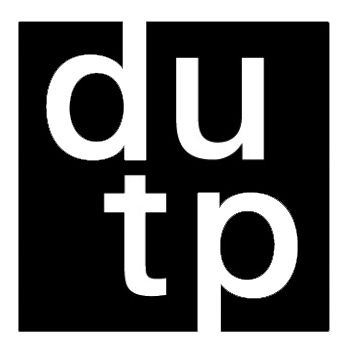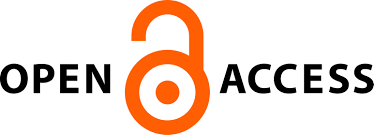Project on(of) the street
Pedagogy and reflections on tactical action
DOI:
https://doi.org/10.5821/siiu.12874Abstract
Tactical Urbanism is an approach that uses short-term, low-cost, and scalable interventions, allowing the immediate redesign of public spaces with a focus on future transformations. In Rio de Janeiro, the government has been incorporating it to enhance public spaces, often without integration with other stakeholders, while initiatives from civil society face challenges for implementation. This study explores the Street Design, a pedagogical experience from the Federal University of Rio de Janeiro, grounded in what Schön (2000) defines as "Reflection-in-Action." Two tactical actions - Praia da Bandeira and Baixo Chile - were conducted, revealing methodological, design, and management aspects that either align or differentiate them: the diverse urban fabrics where the actions took place; the involved actors and their interaction with the team; and the funding levels obtained for their realization.
Downloads
Published
Issue
Section
License
Copyright (c) 2024 Creative Commons

This work is licensed under a Creative Commons Attribution-NonCommercial-ShareAlike 4.0 International License.
Aquellos autores/as que tengan publicaciones con esta revista, aceptan los términos siguientes:
- Los autores/as conservarán sus derechos de autor y garantizarán a la revista el derecho de primera publicación de su obra, el cuál estará simultáneamente sujeto a la Licencia de reconocimiento de Creative Commons CC BY-NC-ND- 4.0 que permite a terceros compartir la obra siempre que se indique su autor y su primera publicación esta revista, pero no se pueden cambiar ni se pueden utilizar comercialmente.
- Los autores/as podrán adoptar otros acuerdos de licencia no exclusiva de distribución de la versión de la obra publicada (p. ej.: depositarla en un archivo telemático institucional o publicarla en un volumen monográfico) siempre que se indique la publicación inicial en esta revista.
- Se permite y recomienda a los autores/as difundir su obra a través de Internet (p. ej.: en archivos telemáticos institucionales o en su página web) antes y durante el proceso de envío, lo cual puede producir intercambios interesantes y aumentar las citas de la obra publicada. (Véase El efecto del acceso abierto).











